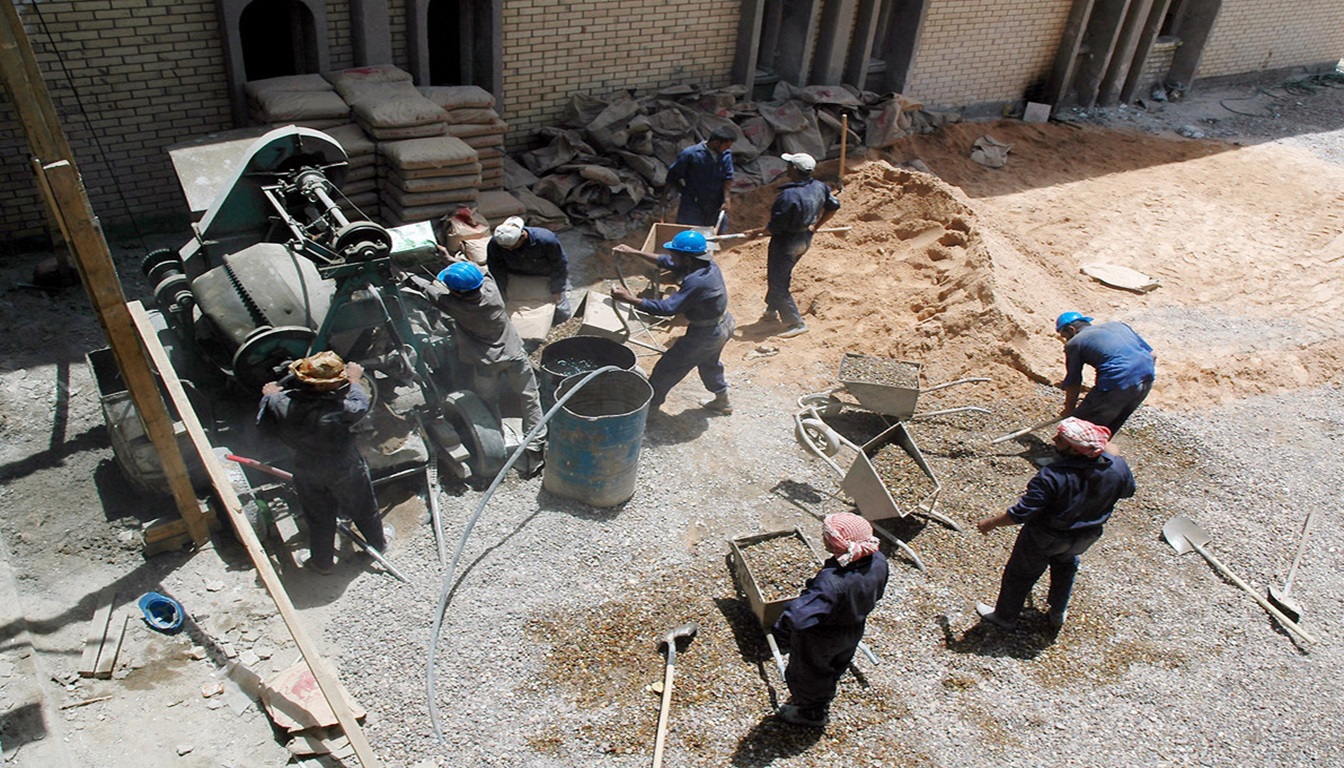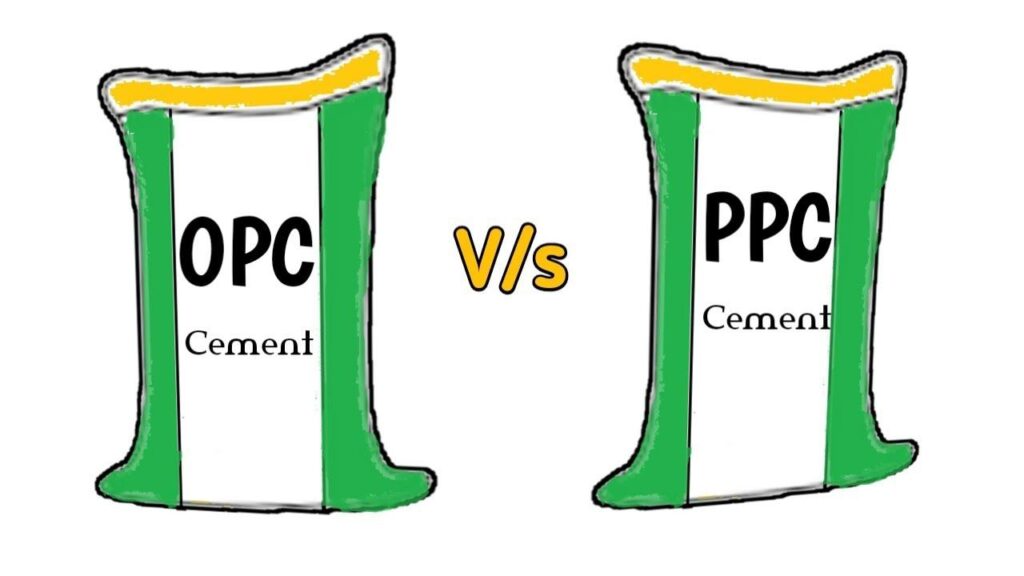In construction projects, concrete mix design plays a critical role in determining the strength, durability, and workability of concrete. Concrete mix design involves the careful proportioning of ingredients to create a concrete mix that meets specific performance requirements. In this article, we will explore the differences between nominal mix and design mix concrete, as well as their advantages and disadvantages.


Key Takeaways:
- Concrete mix design is the process of creating the right mix of cement, sand, and aggregates for construction projects.
- There are two main types of concrete mix design: nominal and design mix.
- Nominal mix concrete uses volume ratios to determine ingredient proportions, while design mix concrete uses weight ratios.
- Design mix concrete offers greater control over mix characteristics and performance, but nominal mix concrete is simpler and more suitable for smaller projects.
- The concrete mix design depends on various factors such as the desired strength, durability, and workability of the concrete.
What is Nominal Mix Concrete?
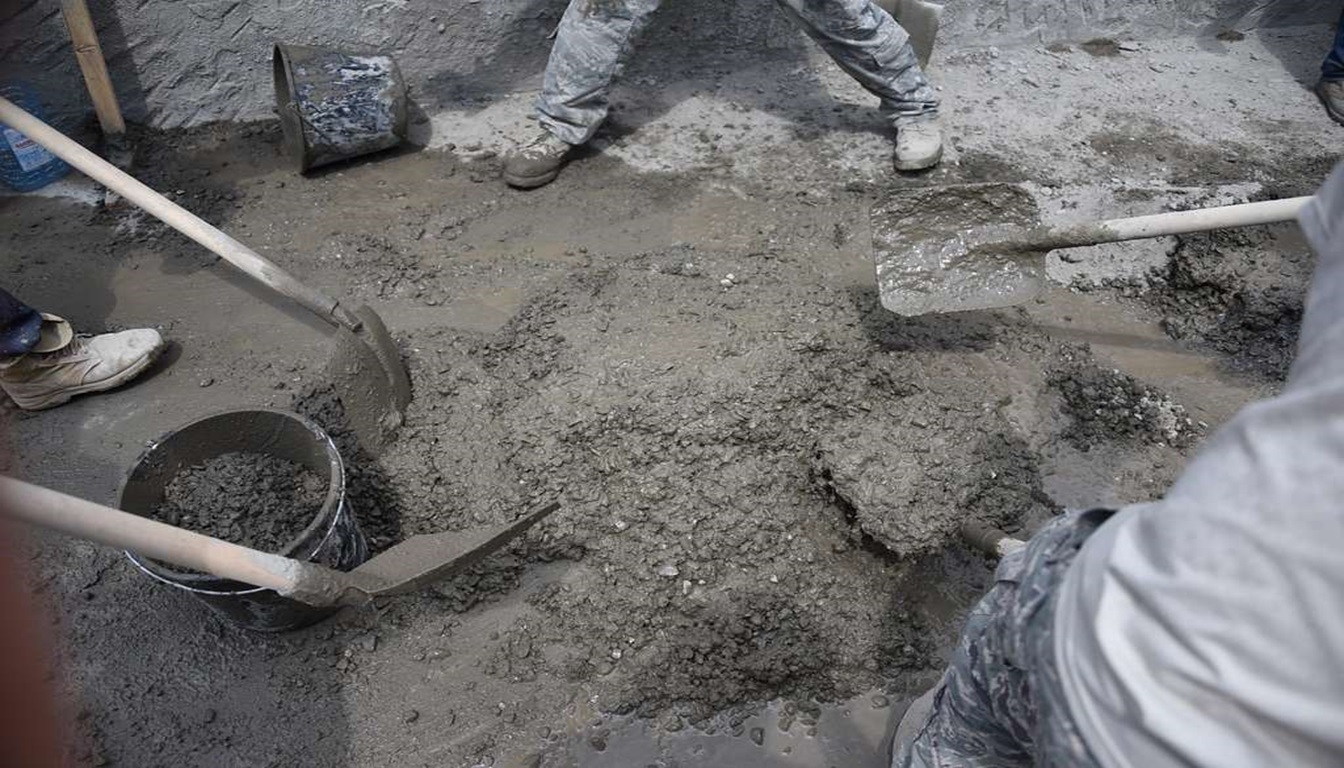

Nominal mix concrete is a traditional method of concrete mix design that has been used for several decades. In this method, the mix proportions of ingredients are specified by volume rather than by weight. The nominal mix ratio is a predefined mix ratio that is typically expressed as 1:2:4, representing the proportions of cement, sand, and coarse aggregates respectively. It is a simple and cost-effective method that is commonly used in small-scale construction projects.
However, since the proportions are specified by volume, the actual mix proportions may vary depending on the properties of the materials used and the expertise of the workers. This may result in inconsistencies in the quality and performance of the concrete. For this reason, many modern construction projects prefer the more precise design mix concrete approach. Nevertheless, nominal mixed concrete remains an essential method in the construction industry.
What is Design Mix Concrete?
Design mix concrete is a more modern approach to concrete mix design compared to nominal mix concrete. In this method, the proportions of ingredients are determined based on the desired characteristics and performance requirements of the concrete. The design mix ratio is specified by weight and considers several factors such as strength, workability, and durability.
By utilizing design mix concrete, builders and constructors have better control over the quality and performance of the concrete. The use of the correct mix ratio provides the desired level of strength and durability. The weight specification of individual components also helps to ensure that the concrete is mixed correctly, reducing risk to the project.
In the image below, the precise amounts of each ingredient are determined to create a quality design mix of concrete.
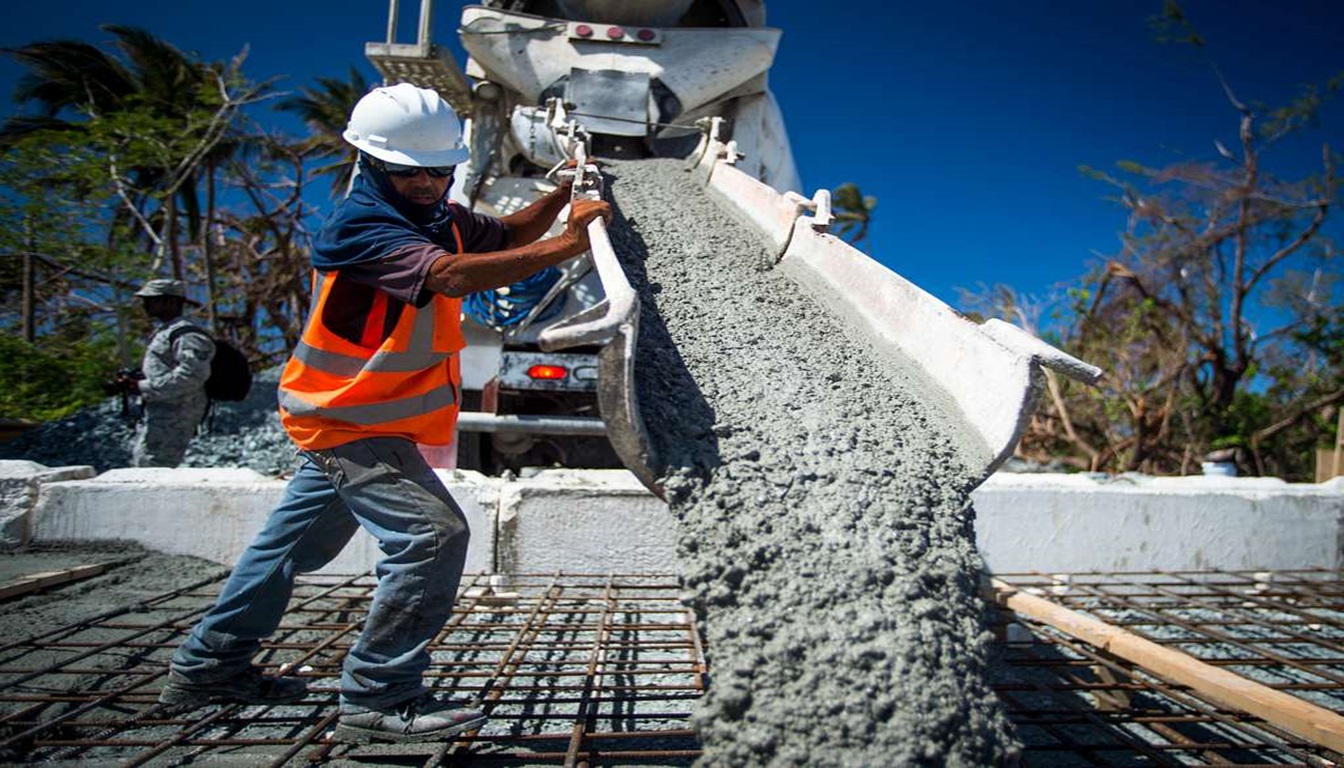

Factors Considered in Design Mix Concrete
Design mix concrete takes several factors into account to achieve the desired results. The weight ratios of components such as cement, sand, and aggregates will depend on the following:
- The quality and strength required for the finished project
- The nature of the construction workability and durability required
- The type and size of aggregates used
- The type and characteristics of cement selected
By considering each factor in the design mix concrete, the result is a superior quality concrete that meets the project’s specific needs.
Advantages of Using Design Mix Concrete
Design mix concrete offers numerous advantages over nominal mix concrete. By customizing the mix proportions based on specific project requirements, design mix concrete provides better control over the quality and performance of the concrete. Design mix concrete is advantageous in the following instances:
- Greater strength: Design mix concrete ensures higher strength than nominal mix concrete, making it ideal for big construction projects.
- Durability: Design mix concrete is long-lasting and resistant to damage from environmental factors like water and wind.
- Workability: Design mix concrete is easier to work with than nominal mix concrete, reducing the need for manual labor when molding the mixture.
Moreover, design mix concrete is an excellent option for projects where there are specific performance requirements.
As seen from the table below, design mix concrete outperforms nominal mix concrete in terms of strength, water-cement ratio, and workability:
| Strength | Water-Cement Ratio | Workability | |
|---|---|---|---|
| Nominal Mix Concrete | Less strength than design mix concrete | More water-cement ratio than design mix concrete | Less workability than design mix concrete |
| Design Mix Concrete | More strength than nominal mix concrete | Less water-cement ratio than nominal mix concrete | More workability than nominal mix concrete |
Advantages of Using Nominal Mix Concrete over Design Mix Concrete
While design mix concrete has its merits, nominal mix concrete presents various advantages that make it an excellent alternative for specific scenarios. One of the primary reasons for using nominal mix concrete is its simplicity in preparation, requiring less technical know-how. It involves proportions specified by volume, making it easy to remember and prepare, even for small-scale projects.
Another advantage of nominal mix concrete is its cost-effectiveness. In comparison with design mix concrete, which requires more precise calculations and materials, nominal mix construction typically utilizes less cement and requires fewer resources to create a satisfactory end product.
Furthermore, nominal mix concrete can be an ideal choice when the specific performance requirements are less stringent, making it ideal for non-structural, small-scale construction projects. Its uncomplicated proportions make it suitable for a quick mix-and-pour process, ensuring that work is completed in a timely fashion.
Overall, the advantages of nominal mix concrete over design mix concrete make it an excellent option for specific needs and use cases. Choosing the right mix depends on various factors, such as project requirements, budget, and specific site conditions. Thus, it is crucial to weigh all options carefully before deciding on a mix type.
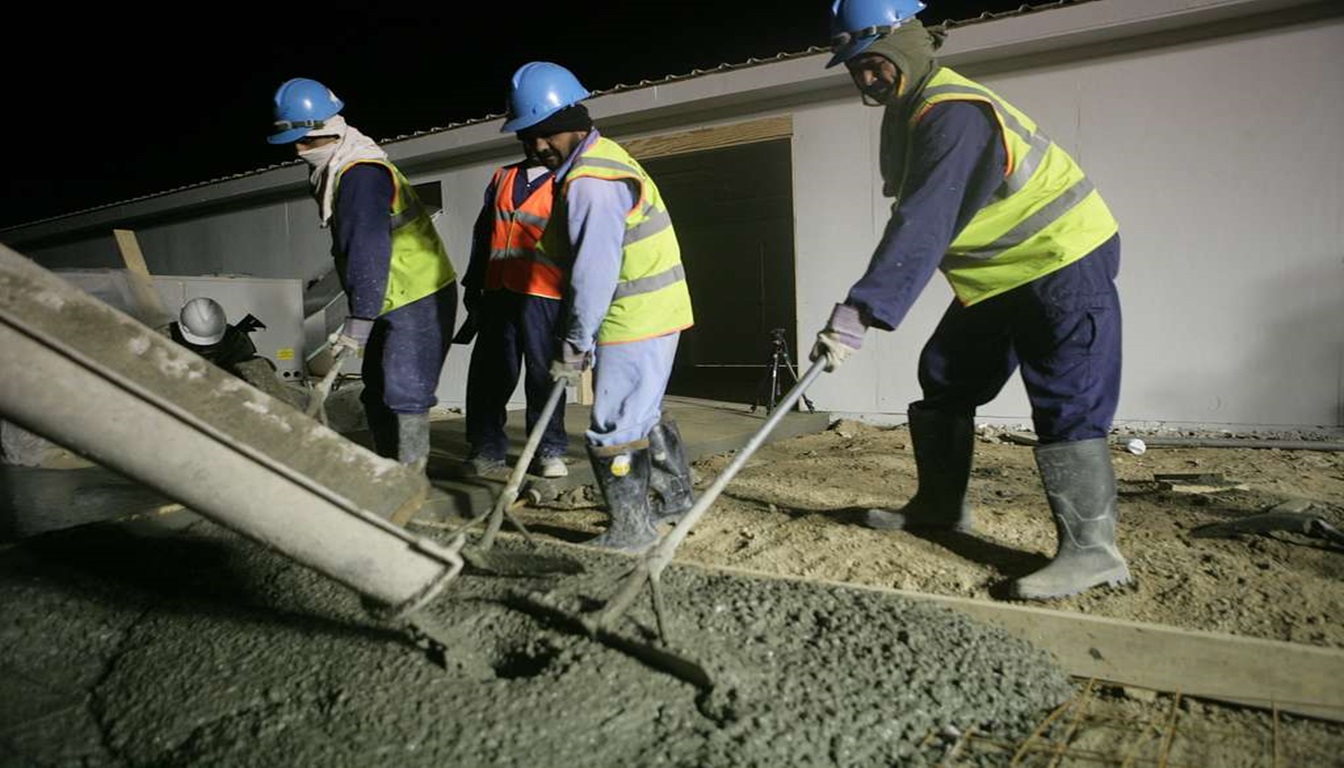

Disadvantages of Using Nominal Mix Concrete
Nominal mix concrete, despite its simplicity, has several limitations that make it less suitable for large-scale or complex construction projects.
First, the proportions of nominal mixed concrete are based on volume, not weight. This can lead to variations in the actual mix, resulting in inconsistent quality and performance. The inability to control the precise mix proportions can compromise the strength and durability of the concrete, which is essential in critical applications.
Second, nominal mixed concrete may not meet the specific strength and durability requirements of certain applications. This is because the mix is not tailored to the construction project’s unique performance specifications. Nominal mix concrete is suitable for small-scale construction projects or in situations where specific performance requirements are not critical.
Is Code for Concrete Mix Design
Concrete mix design standards and codes provide guidelines to ensure quality and consistency in the mix design process. In the United States, the American Concrete Institute (ACI) is a recognized authority for concrete mix design. The ACI provides a comprehensive set of standards that include methods for determining mix proportions and testing procedures for evaluating concrete quality.
These standards and codes are essential for ensuring the performance and durability of concrete in construction projects. With a standardized method for mixed design, construction professionals can achieve uniformity and control in their concrete production. Moreover, adherence to these standards ensures that the resulting concrete will meet specific performance criteria.
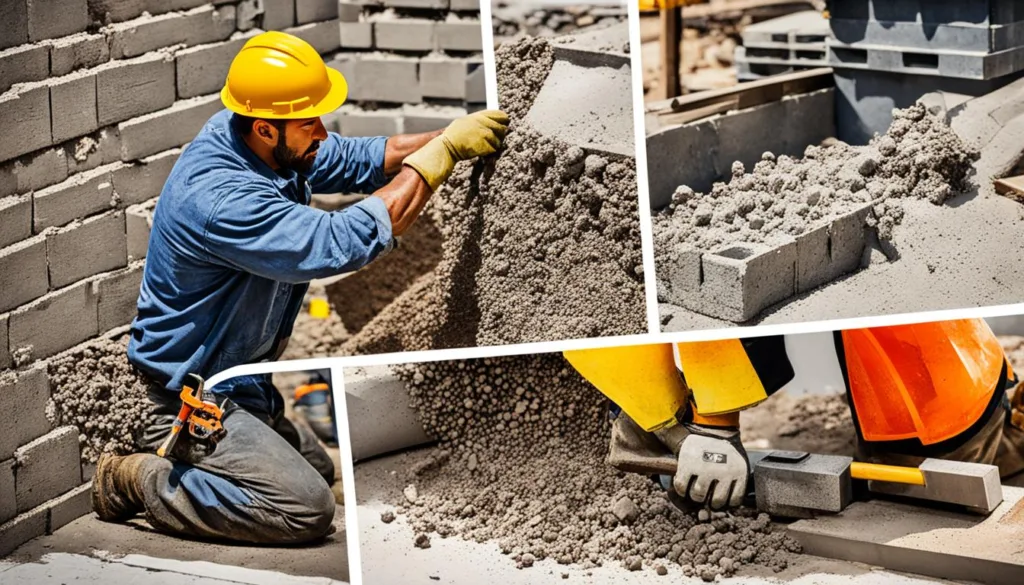

The ACI standards address various aspects of concrete mix design, such as strength, workability, consistency, and durability. These guidelines establish specific procedures for selecting appropriate mix proportions based on the project requirements and the properties of the materials. The standards also provide testing methods for evaluating the performance characteristics of concrete, such as compressive strength, slump, and air content.
By following these established standards, construction professionals can optimize their concrete mix design process and achieve consistent results. Moreover, adherence to these standards promotes safety and sustainability in construction projects by ensuring the quality and durability of the concrete.
ACI Concrete Mix Design
The American Concrete Institute (ACI) has developed a widely accepted concrete mix design method to ensure uniformity and quality of concrete. The ACI method involves determining the concrete strength requirements, selecting appropriate proportions of ingredients, and conducting laboratory tests to validate the mix design. By following the ACI mix design method, construction professionals can ensure that the resulting concrete meets the specific performance criteria.
The ACI mix design process begins with determining the required concrete strength, workability, and durability based on the project specifications. Then, the properties of the materials such as aggregates and cement are evaluated to determine the appropriate mix proportions. The calculated mix proportions undergo laboratory trials to ensure that they meet the desired performance criteria.
The ACI method provides a reliable and consistent approach to concrete mix design. By ensuring the concrete quality and performance, the resulting structure will be more durable and have a more extended service life.
Factors on Which Concrete Mix Design Depends
Certain factors play a crucial role in determining the appropriate concrete mix design for a particular construction project. These include:
- Desired compressive strength: The required strength of the concrete is a primary factor in mix design. It is determined based on factors such as the anticipated load and the construction application.
- Workability: To ensure ease of handling and placement, the degree of workability needed may vary depending on the project requirements. Factors such as the size and shape of the concrete element, construction methods, and weather conditions impact workability.
- Exposure conditions: Depending on the exposure conditions, the mix design must meet certain durability requirements. For instance, if the concrete is exposed to water or chemicals, it must be designed for resistance to such conditions.
- Type and size of aggregates: The size and type of aggregates utilized in the mix directly influence the resulting properties of the concrete. The size of the aggregates affects the grading and workability, whereas the type affects the density and soundness.
- Type of cement used: The variety of cement employed in the mix has a direct impact on the strength and durability of the concrete produced. The characteristics of the cement utilized in the mix, including its composition and fineness, may affect the mix design.
The interplay of these factors contributes to the overall performance and durability of the resulting concrete. A designer must consider these factors to create a customized mix design that meets the specific needs of each construction project.


Process of Concrete Mix Design
The process of concrete mix design is a crucial step toward achieving the desired strength and durability requirements for any construction project. It involves several steps:
- Determining project requirements: The first step in concrete mix design is to determine the required strength and durability based on the specific project specifications. This includes considering the type of structure, environmental conditions, and expected traffic loads.
- Evaluating aggregates and cement: Once the project requirements are determined, the properties of the aggregates and cement are evaluated. This includes testing the aggregates for their gradation, shape, size, and strength, and determining the specific gravity and water absorption of the aggregates. The cement is tested for its fineness, consistency, and chemical content.
- Calculating mix proportions: The mix proportions are calculated based on the desired strength and workability. This includes determining the water-cement ratio, the amount of cement, sand, and aggregates required, and any admixtures that may be needed to achieve the desired properties.
- Preparing and testing trial mix: Once the mix proportions are calculated, it is prepared and tested to ensure it meets the performance requirements. This includes testing the fresh concrete for workability, air content, and temperature, and testing the hardened concrete for compressive strength and durability.
The process of concrete mix design requires expertise and careful consideration of various factors to ensure the resulting concrete meets the desired performance criteria. By following the necessary steps and utilizing a proper mix of design methods, construction professionals can optimize construction projects effectively.
Concrete Mix Design Calculations
For effective concrete mix design, calculations are crucial in determining the precise proportions of cement, sand, and aggregates necessary to attain the desired strength and workability. The calculations take into account the specific gravity, water-cement ratio, and moisture content of the materials.
The American Concrete Institute provides a comprehensive mix design process for ensuring the proper proportioning of ingredients to achieve the desired concrete properties. Accurate calculations are essential to validate the mix design and overall performance of the concrete.
“Effective concrete mix design calculations are necessary for proper proportioning of ingredients and ensuring the desired concrete properties,” says John Smith, renowned expert in concrete mix design.
Calculations require an in-depth understanding of the factors that influence concrete mix design and can often be complex. Utilizing industry-standard software tools can simplify the calculation process and provide detailed reports on properties such as compressive strength, workability, and durability.
By conducting precise concrete mix design calculations, construction professionals can optimize the quality and performance of the concrete in their projects.
Concrete Mix Design Example
To better understand the process of concrete mix design, let’s walk through an example. Consider a project that requires a concrete mix with a compressive strength of 4000 psi and a workability of 4 inches. We will use the ACI mix design method discussed in Section 8 to design the mix proportions.
Mix Design Calculations
| Material | Weight (lbs/yd3) | Specified | Water |
|---|---|---|---|
| Cement (Type I) | 678 | 564 | 262 |
| Fine Aggregate (Sand) | 1060 | 194 | |
| Coarse Aggregate (1-inch Gravel) | 1849 | 238 | |
| Water (Total) | 245 |
Using the ACI method, we first determine the required amount of cement, which is calculated as:
Cement (lbs/yd3) = (0.8) x (4000 psi) x ((1.0) / (1.0 + 2.0 + 3.0)) x (27 ft3/yd3) = 678 lbs/yd3
Next, we determine the amount of fine aggregate (sand) to use:
Fine Aggregate (lbs/yd3) = (0.45) x (678 lbs/yd3) / (2.6) x (100) = 1060 lbs/yd3
We then determine the amount of coarse aggregate (1-inch gravel) to use:
Coarse Aggregate (lbs/yd3) = (0.67) x (678 lbs/yd3) / (2.6) x (100) = 1849 lbs/yd3
Finally, we calculate the amount of water to use:
Water (lbs/yd3) = (245) lbs/yd3
The mix proportions are therefore:
- Cement: 678 lbs/yd3
- Fine Aggregate (Sand): 1060 lbs/yd3
- Coarse Aggregate (1-inch Gravel): 1849 lbs/yd3
- Water: 245 lbs/yd3
These proportions will result in a concrete mix with the desired strength and workability.
“With concrete mix design, precision is key. It’s all about determining the right mix of ingredients to achieve the desired properties. The ACI mix design method provides a reliable framework for achieving high-quality concrete.”
Conclusion
In conclusion, concrete mix design plays a critical role in ensuring the quality and performance of construction projects. By understanding the differences between nominal mix and design mix concrete, construction professionals can make informed decisions based on the specific requirements of each project. While nominal mix concrete offers simplicity and ease of preparation, design mix concrete provides greater control and customization for optimal strength, durability, and workability. It is essential to consider the factors that influence concrete mix design, utilize proper mix design methods, and follow established codes and standards to achieve the desired results. By following these guidelines, construction professionals can ensure the success of their projects, from start to finish.
Thanks For the Great Attention!
Good Bye & Take Care
Happy Learning
Also, Read,

